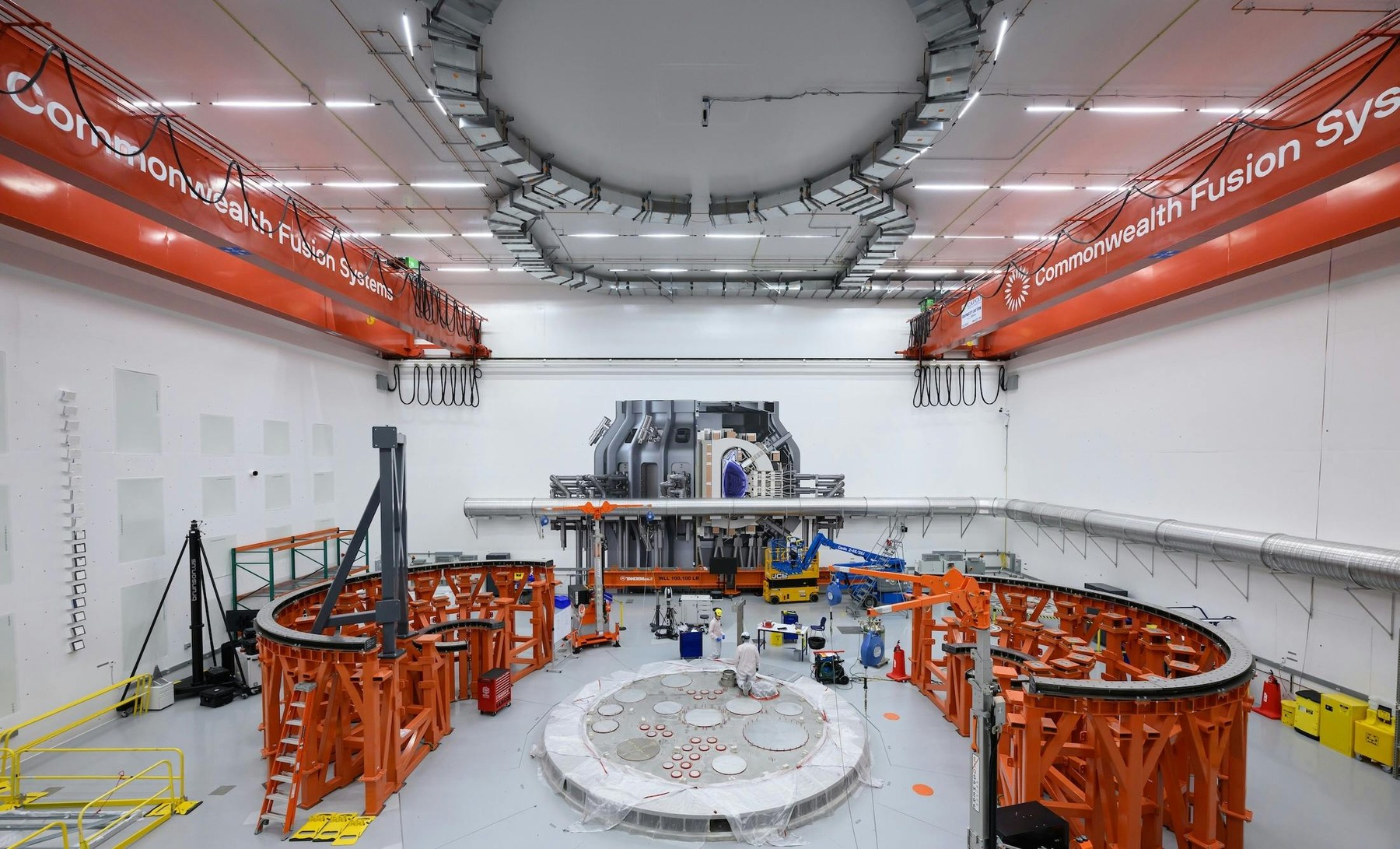Insider Brief:
- The U.S. seems to be lagging behind other industrialized nations in terms of reducing carbon emissions.
- Three key pathways exist for industrial decarbonization: electrification, fuel-switching, and CCUS.
- Download the white paper here ahead of the Reuters Events’ September conference, of which Climate Insider will be a media sponsor.
The U.S. appears to be lagging behind many other countries when it comes to carbon emissions reductions in industry, partially caused by the change in policies at the White House, a new white paper from Reuters Events said.
In the white paper, U.S. Industry Peers Forge Path to Decarbonizing Operations, Reuters Events highlights the different projects that will be required to catch up to Europe and other industrial regions in decreasing emissions.

“The U.S. is definitely lagging behind other industrial regions like Europe,” Randall Field, Director of Research for the MIT Energy Initiative, told Reuters Events.
“The U.S. lacks policy durability, and this undermines industrial decarbonization. Europe has more policy sticks to drive decarbonization, and they have greater consistency in their policies with better inclusivity for tough-to-decarbonize industries.”
Pathways to industrial decarbonization
There are three ways for industries to decarbonize: electrification, fuel-switching, and carbon capture, utilization, and storage (CCUS), the report finds.
Each of these pathways requires substantial investment for scale-up and widespread deployment.
Industries that require high heat have more challenges than industries which can produce using lower heat, as this can be replaced by cleaner fuels without impacting the commercial viability, the report found.
Those companies opting to use CCUS will require additional equipment, additional energy, and new processes to manage the resulting carbon dioxide, the report said. However, CCUS is still a leading option for certain hard-to-abate sectors, particularly cement, chemicals and steel, Field told Reuters Events.
One such company in these sectors that has adopted a CCUS approach is European cement group Heidelberg Materials. It recently launched its massive CCUS project at its Brevik cement plant in Norway. The CCUS project is expected to capture approximately 400,000 tons of carbon dioxide, to help offset emissions generated by producing 1.2 million tons of cement per year.
It’s critical to maintain momentum for these first-mover projects in the CCUS space, Field said.
“The key is to keep the [U.S. federal 45Q tax credit for carbon sequestration] intact and support for an initial set of projects, otherwise the momentum will be lost,” Field said.
Electrification requires more power
For electrification to reduce overall emissions, power needs to be sourced from clean energy sources, the report said.
Renewables and nuclear energy generated approximately 40% of all power production in 2023, according to the U.S. Energy Information Administration (EIA).
Though the Biden administration had hoped to increase targets to 80% renewable energy by 2030 and 100% renewable energy by 2035, a change in administration and the introduction of legislation to curtail renewable energy development make it unlikely that these targets will be met.
Supply chains must also have lower emissions
Decarbonization is equally important when it comes to supply chains.
One way to undertake this decarbonization is to “onshore” all supply chains, by producing domestically for local markets.
One company, Portland cement producer Brimstone, has decided to onshore its cement and alumina supply chain, opting to use local rock for these materials.
Brimstone’s approach will be replicated elsewhere, one industry expert told Reuters Events.
“Meaningful disruption will emerge as global supply chains continue to shift toward regionalization, reducing reliance on carbon-intensive modes of [long-distance] transport,” Milo Werner, General Partner at tech venture capital firm DCVC, told Reuters Events.
Read more in Reuters Events’ industrial decarbonization white paper here, and sign up for the September conference here.







